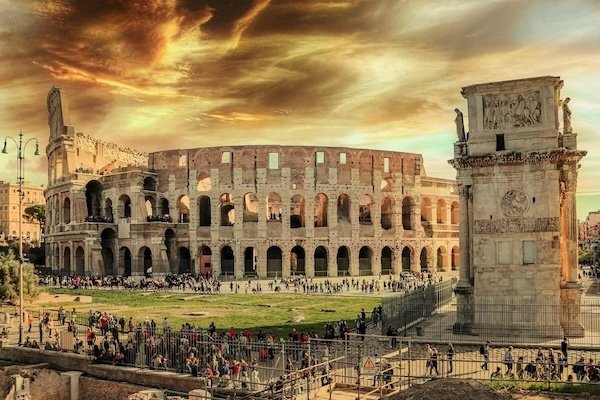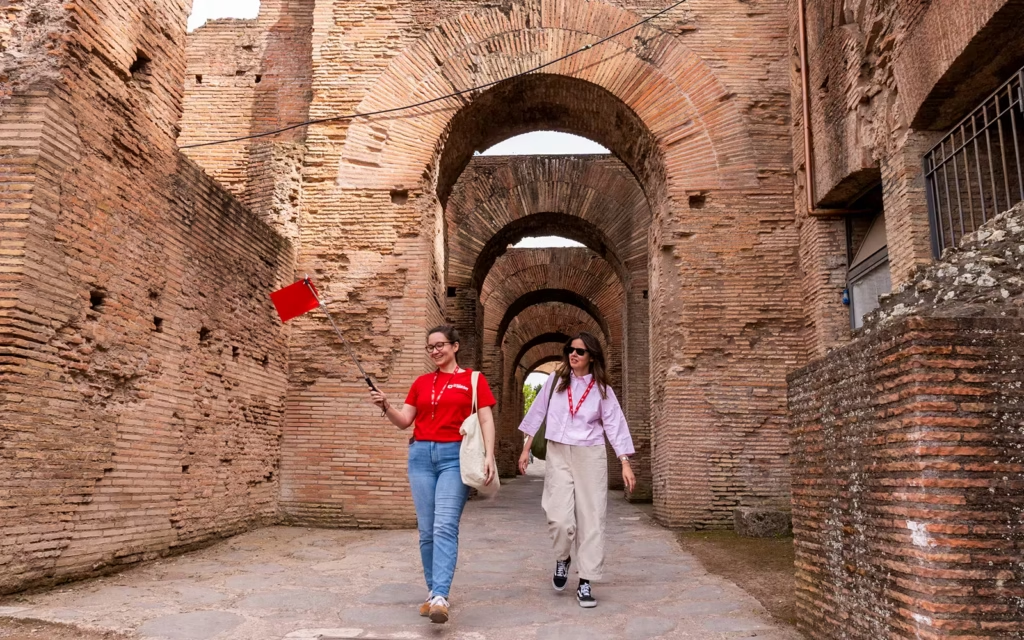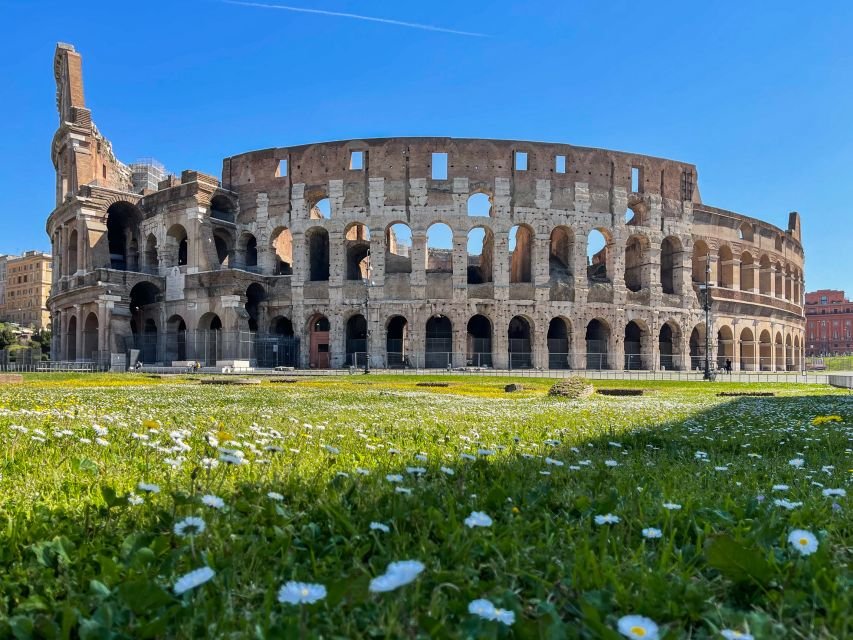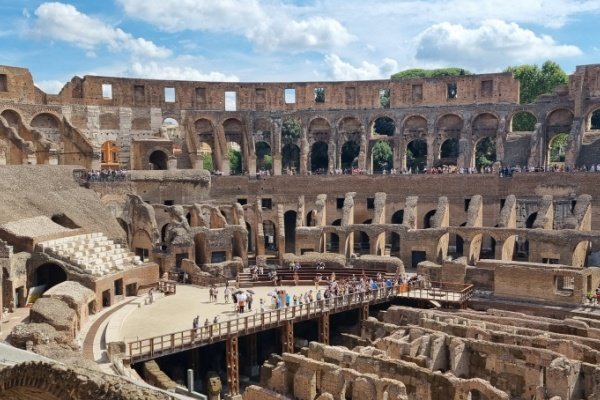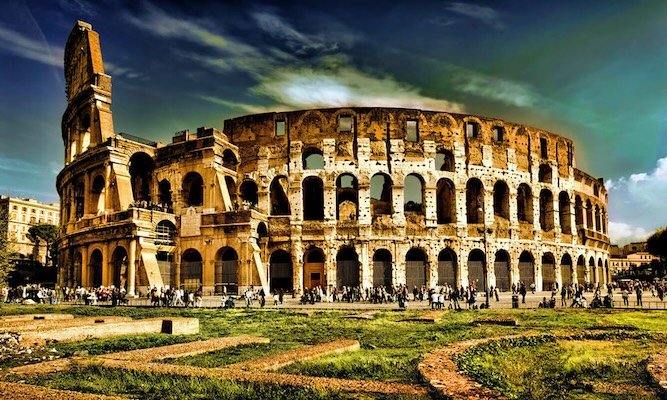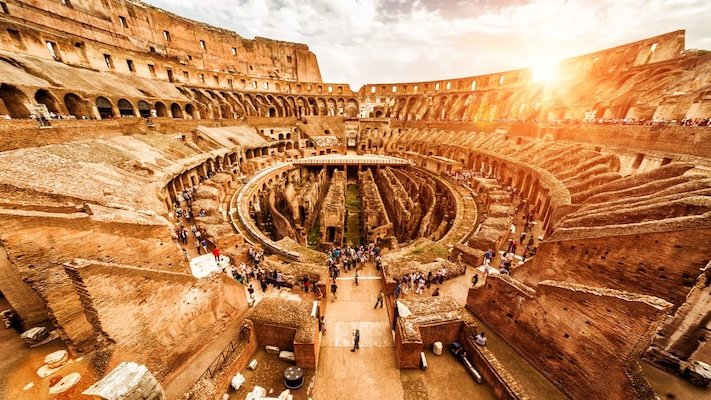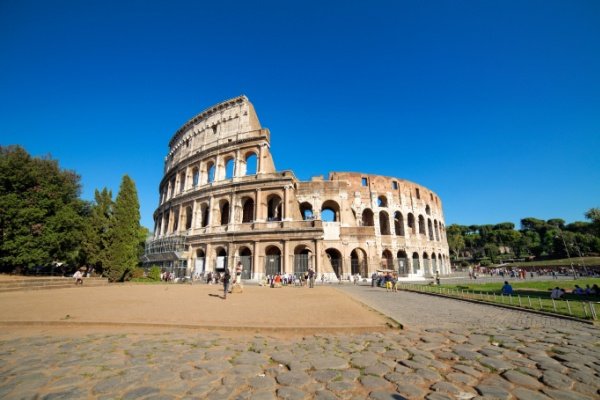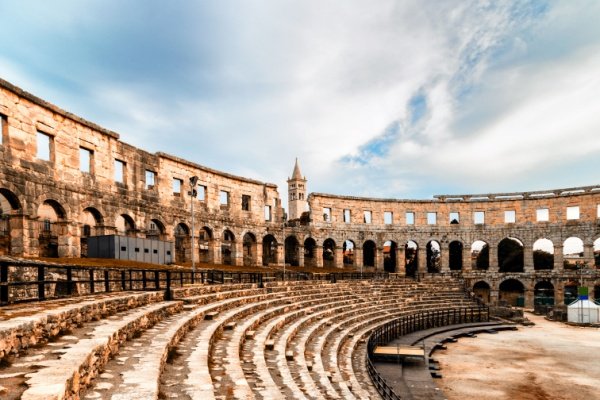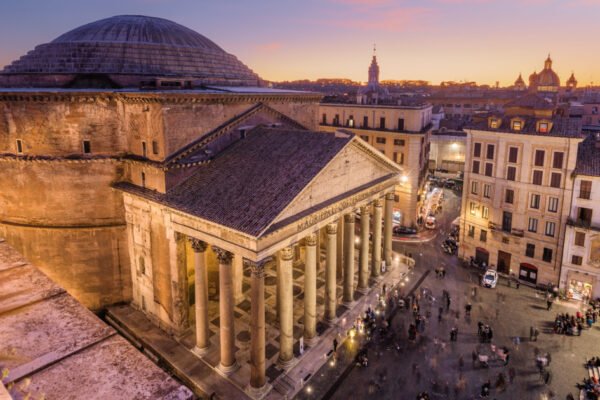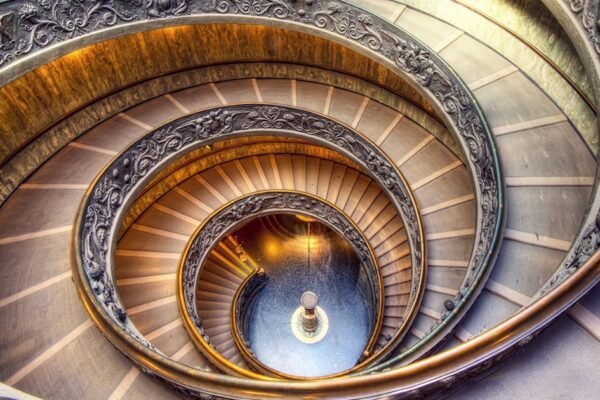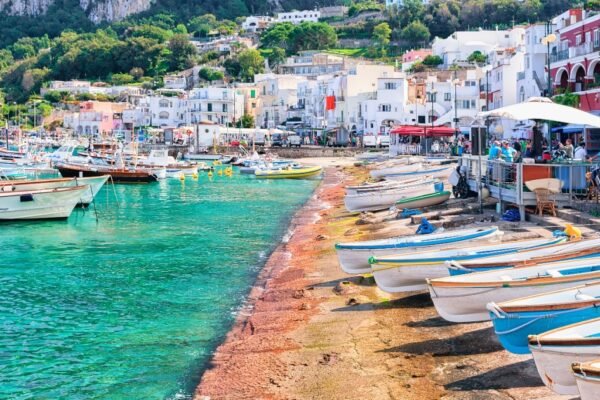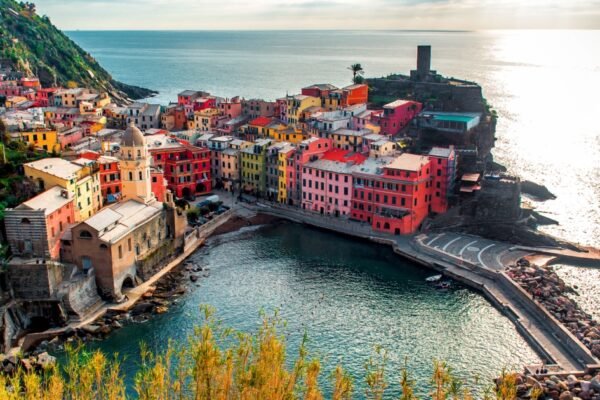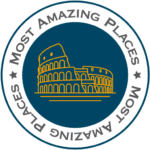Fascinating Facts about the Colosseum
Fascinating Facts about the Colosseum
Discover fascinating Colosseum Facts and uncover the truth behind Rome’s legendary amphitheater. This page delves into two distinct sections, offering both quick-glance Colosseum facts and captivating trivia, enriching your understanding of this iconic landmark.
Quick Facts about the Colosseum
- Address: Colosseum, Piazza del Colosseo, 1, 00184 Roma
- Original Name: Amphitheatrum Flavium (Colosseo)
- Capacity: Around 50,000 spectators
- Length: 617 feet
- Width: 512 feet
- Height: 164 feet
- Total Area: 6.2 hectares (15 acres)
- Construction Started and Finished: 70 – 80 A.D.
- Architects and engineers: Lucius and Caius Cestius, Roman architects, Rabirius, Roman engineer
- Architectural Style: Roman
- Building material: Travertine stone, tufa, brick, and concrete
- Renowned for its: Gladiatorial battles, animal hunts, mock sea battles, and other public spectacles
Elliptical shape and retractable awning
Complex engineering feats and innovative construction techniques - People died: Estimates suggest up to 400,000
- Animals died: Estimates suggest more than 1 million
- UNESCO World Heritage Site since: 1980
- Special Events: Occasionally hosts concerts, operas, and other cultural events
- Number of Visitors per Year: Approximately 7 million
9 Fun Facts about the Colosseum
Uncover the fascinating details of this iconic landmark as we delve into these nine fun Colosseum facts:
Velarium
The Colosseum boasted an ingenious retractable awning system called the velarium, crafted from canvas. This remarkable feature could be unfurled to shield the audience from the sun, showcasing the Colosseum’s engineering brilliance.
Naumachiae
The Colosseum served not only as a venue for gladiatorial combat but also hosted naval reenactments. Astonishingly, the arena could be flooded with up to 5 feet of water, enabling the staging of mock naval battles, referred to as naumachiae.
Jewish slaves
The construction of the Colosseum primarily involved the labor of tens of thousands of Jewish slaves, taken captive during the Roman conquest of Jerusalem in 70 A.D.
Travertine
Travertine stone, a form of limestone, was used to clad the Colosseum. This material was sourced from Tivoli, a nearby town situated around 22 miles away from the iconic amphitheater.
Fortified Castle – Quarry – Cemetery
The Colosseum, beyond its initial role as a gladiatorial arena and theater, witnessed diverse uses over the years. During the Middle Ages, it served as a fortified castle and briefly functioned as a quarry for construction materials. During its short period, the Colosseum’s stones were repurposed in the construction of notable landmarks, including St. Peter’s Basilica and the Palazzo Venezia in Rome. Additionally, noble families repurposed the Colosseum as a cemetery during that era.
Colossus Neronis
The Colossus of Nero, an immense bronze statue depicting the Roman Emperor Nero, once graced the area in front of the amphitheater. Standing at an impressive height of 120 feet, the renowned name “Colosseum” likely originated from this colossal statue.
Fighting to death?
In contrast to common perception, not all gladiators met a fatal end in the Colosseum. The notion of constant lethal combat was partly propagated by the 2000 film “Gladiator”. In reality, some were skilled professionals who garnered fame, fortune, and even fan clubs.
Sacred Site
In the 18th century, the preservation endeavors for the Colosseum were spearheaded by the popes, who recognized its historical importance. Designating it as a sacred site, they repurposed it into a place commemorating Christian martyrdom.
Significant Restoration
In the 19th century, the Colosseum underwent substantial restoration, involving the reconstruction of various sections using contemporary materials like concrete, deviating from the original stone construction.
Colosseum Rome: Admission and Tours
Explore below our curated selection of Colosseum admission options and guided tours:



